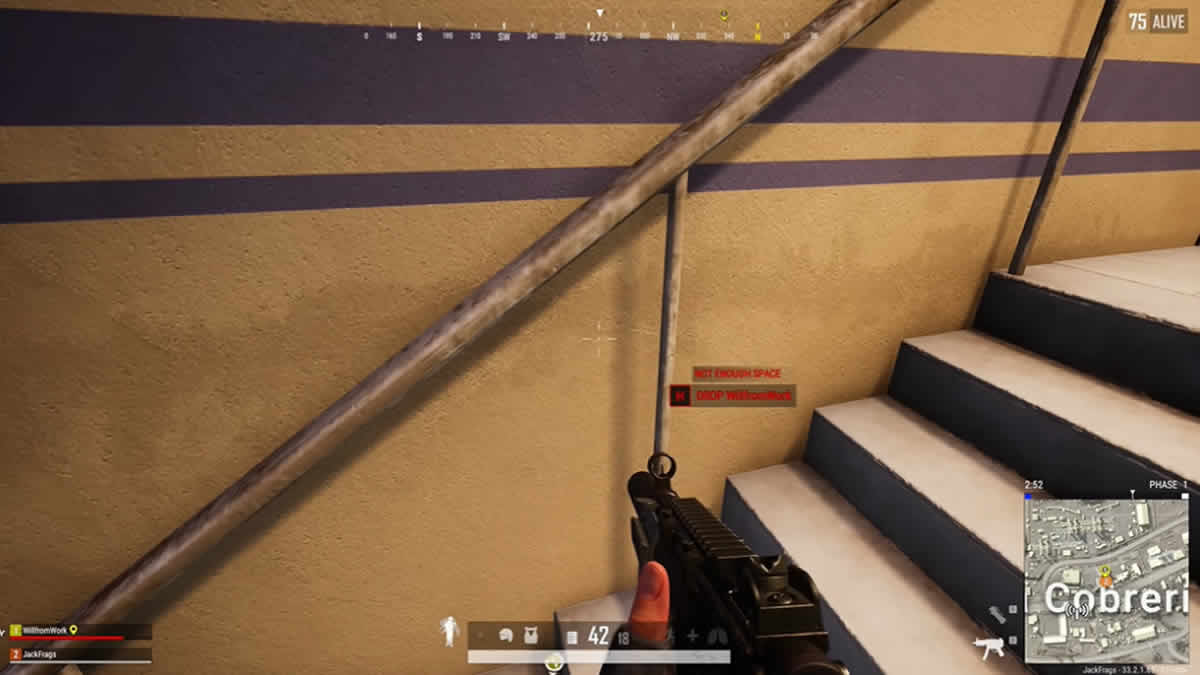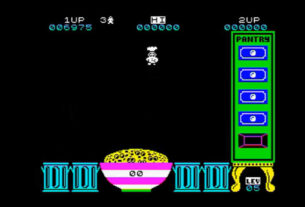Mastering long-range combat in PUBG separates good players from great ones. In the 2025 meta, where precision gunfights at extended ranges increasingly determine match outcomes, your ability to land shots at distance can make all the difference between frustrating defeats and satisfying chicken dinners.
The current PUBG battlefield rewards skilled marksmen more than ever before. With recent weapon balancing patches, DMRs and sniper rifles have become the dominant force in long-range engagements – but only in the hands of players who understand the intricate mechanics behind accurate shooting.
The Long-Range Meta in 2025
DMRs currently dominate the long-range combat scene, contributing the highest average damage in matches. This shift has prompted ongoing rebalance efforts from the developers, but the fundamentals remain: precision shooting at range delivers consistent results.
The weapon hierarchy for distance fighting has remained relatively stable. The AWM continues its reign as the best-in-class sniper rifle, delivering instant kills with headshots even against fully armored opponents. Meanwhile, the Mk14 stands out for its versatility, offering both semi and full-auto firing modes. The Mini14, SLR, and MK12 round out the top performers in the DMR category, each offering competitive damage profiles with manageable bullet drop.
Your choice of battlefield significantly impacts long-range effectiveness. Larger maps like Erangel and Miramar, with their wide sightlines and elevation changes, offer prime opportunities for distance engagements. Smaller maps generally favor close to mid-range loadouts.
Mastering PUBG Bullet Physics
PUBG’s realistic ballistics system means bullets don’t travel in straight lines – understanding and accounting for these mechanics is essential.
Bullet Drop Mechanics
Each weapon has a unique bullet drop rate based on velocity and caliber. Sniper rifles and DMRs typically have flatter trajectories, while others require substantial vertical compensation for shots beyond 200m. You’ll need to develop an intuitive feel for these trajectories through consistent practice.
The Mini14, for example, features minimal drop at medium ranges, making it an excellent entry-level marksman rifle. By contrast, the Kar98k requires significant elevation adjustments beyond 300m. This is where scope zeroing becomes critical.
Leading Moving Targets
Hitting moving targets at range requires leading your aim – placing your crosshair ahead of their movement path. The necessary lead distance depends on both bullet velocity and target speed. Weapons like the Mini14 with its approximately 990 m/s bullet velocity require less lead than slower options like the Kar98k (~760 m/s).
When targeting a sprinting player at 300m with a Mini14, you’ll need to place your crosshair roughly one body-width ahead of them. The same shot with a Kar98k might require nearly two body-widths of lead. These subtle differences separate consistent marksmen from occasional lucky shooters.
Optimizing Your Technical Setup
Your hardware and settings play a crucial role in landing those difficult shots. Even perfect technique can be undermined by a sub-optimal setup.
Mouse Settings
Most professional PUBG players use between 400-800 DPI combined with appropriate in-game sensitivity. This balance allows for micro-adjustments without sacrificing tracking accuracy. Higher DPI settings might feel responsive, but often lead to overcompensation and missed shots at range.
For scope sensitivity, consider using different settings for each magnification level. Many top players reduce sensitivity for higher magnifications (6x, 8x) to enable finer adjustments when targeting distant enemies. Finding your perfect sensitivity requires experimentation, but starting with pro settings provides a solid baseline.
Display and Performance
High refresh rates (144Hz+) and stable framerates dramatically improve your ability to track moving targets. Consider reducing graphics settings to “very low” for competitive play – this reduces visual clutter and makes spotting enemies at distance significantly easier.
Some players who play PUBG with aimbot tools might gain mechanical advantages, but they miss developing the fundamental skills that make for consistent improvement. Natural mastery offers longevity and adaptability that shortcuts simply can’t match.
Advanced Tactical Positioning
Even perfect aim is wasted without proper positioning. Your location relative to enemies dramatically impacts shot difficulty and your vulnerability.
Height Advantage
Shooting from elevation simplifies bullet trajectory calculations and provides better sightlines. When firing downhill, bullets experience less drop due to the shorter effective horizontal distance. Always seek high points like hills, rooftops, or ridgelines when engaging at range.
Cover Utilization
Never shoot from open fields when sniping. Instead, learn to use peek techniques from hard cover. A brief exposure while firing followed by immediate retreat prevents enemy counter-sniping. Master the lean mechanics (Q and E by default) to minimize your visible profile when taking shots.
After each shot, consider shifting position slightly. This prevents enemies from triangulating your location based on sound or muzzle flash. Small, unpredictable movements force opponents to constantly reassess their aim.
Practical Training Methods
Improvement requires structured practice focused on specific skills.
In-Game Training Ground
PUBG’s Training Mode provides excellent facilities for practicing long-range shooting. Set up at the 100-300m targets and work through each DMR and sniper rifle in your arsenal. Practice target acquisition, recoil control, and leading shots until the motions become second nature.
A particularly effective drill involves rapidly switching between targets at different ranges, forcing you to quickly adjust for bullet drop. Start with stationary targets before progressing to moving ones.
Metrics for Improvement
Track your headshot percentage and damage per round as objective measures of improvement. The game’s statistics page provides this information, allowing you to monitor progress over time. Top players typically maintain headshot rates above 25% with DMRs – a challenging but achievable benchmark.
Recording and reviewing your gameplay provides invaluable feedback on positioning errors or missed opportunities. Pay particular attention to missed shots – was it a lead timing issue or bullet drop miscalculation?
For Competitive Players
At the highest levels of play, long-range proficiency becomes even more critical. Tournament VODs reveal that professional players use snipers and DMRs for initial picks, creating 4v3 advantages before pushing engagements. Study positioning patterns from professional matches – notice how teams coordinate fire and constantly reposition after shots. These PUBG tactics minimize return fire risk while maintaining pressure on opponents.
The evolution of the competitive meta has solidified DMRs as the preferred long-range option due to their damage consistency, rate of fire, and improved attachment synergies. Learning to master these weapons now puts you ahead of future meta shifts.
By combining technical aim improvements with tactical positioning and dedicated practice, you’ll see dramatic improvement in your long-range combat effectiveness. The satisfaction of landing that perfect 300m headshot makes all the practice worthwhile – and the chicken dinners that follow are just the bonus.



